Pearljam5000
Master Contributor
- Joined
- Oct 12, 2020
- Messages
- 5,217
- Likes
- 5,454
Waiting for your impressions when you get themPerhaps I should buy a pair and find out.
Waiting for your impressions when you get themPerhaps I should buy a pair and find out.
I don't have the 8361, but I do have 8351 and 708p, and I spent a few weeks comparing them side by side.Maybe yes, maybe no. Sure it's a Genelec vs a JBL but not the ones in question. What I would love to see is a blind shootout of the 708p with EQ and 8361 at about 3 meters in a big room where the dynamics come into play. Now the Genelec would probably win, but by how much? There was a recent binaural recording thread around here where the second place speaker, a simple 2 way design, came in a strong second.
Better is easy to quantify, but good enough isn't. After all, $6k isn't chump change. Of course I could blow that on travel in a hurry.
What I find crazy is how much more the 61 weighs more than it's predecessors.
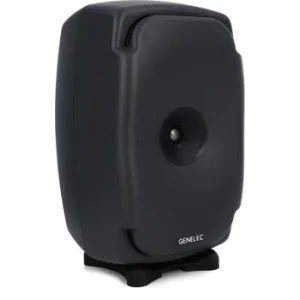
Genelec 8361A 3-way Coaxial Powered Studio Monitor
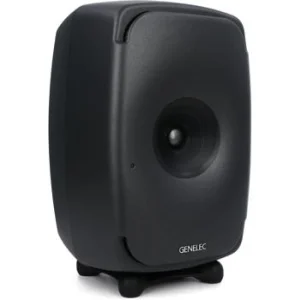
Genelec 8351B 3-way Coaxial Powered Studio Monitor
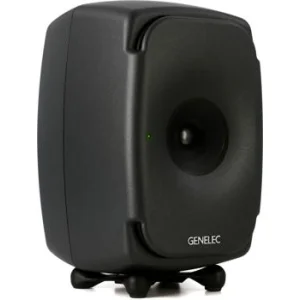
Genelec 8341A SAM 3-way Coaxial Powered Studio Monitor
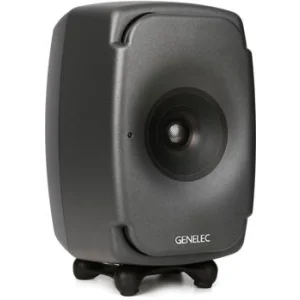
Genelec 8331 SAM 3-way Coaxial Powered Studio Monitor
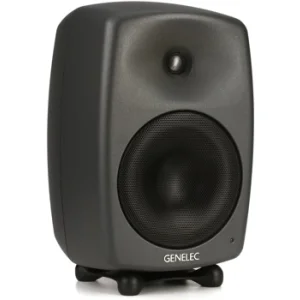
Genelec 8340A 6.5 inch Powered Studio Monitor
Powered Yes Yes Yes Yes Yes Power Configuration Tri-amped Tri-amped Tri-amped Tri-amped Bi-amped LF Driver Size 2 x 10" 2 x 8" woofer 2 x (6.6" x 3.5") concealed woofers 2 x (5.12" x 3.62") concealed woofers 6.5" woofer MF Driver Size 1 x 5" 1 x 5" 1 x 3.5" 1 x 3.5" - HF Driver Size 1" Tweeter 1" Tweeter 1 x 0.75" Coaxial tweeter 1 x 0.75" Coaxial tweeter 1" tweeter LF Driver Power Amp 500W 250W 250W 72W 150W MF Driver Power Amp 150W 150W 150W 36W - HF Driver Power Amp 150W 150W 150W 36W 150W Total Power 800W 550W 550W 144W 300W Maximum Peak SPL 124 dB SPL 113 dB SPL 110 dB SPL @ 1m 104 dB SPL @ 1m ≥ 118 dB SPL @ 1m Input Types 1 x XLR, 1 x XLR (AES/EBU) 1 x XLR, 1 x XLR (AES/EBU) 1 x XLR (analog in), 1 x XLR (AES/EBU) 1 x XLR (analog, AES/EBU) 1 x XLR (analog), 1 x XLR (AES/EBU) Output Types 1 x XLR (AES/EBU) 1 x XLR (AES/EBU) 1 x XLR (AES/EBU) 1 x XLR (AES/EBU) 1 x XLR Thru (AES/EBU) Other I/O 2 x RJ45 (control network) 2 x RJ45 (control network) 2 x RJ45 (GLM network) 2 x RJ45 (GLM network) 2 x RJ-45 Features DIP switches DIP switches DIP switches (standalone EQ set up) DIP switches (standalone EQ set up) - Enclosure Type Rear Ported Rear Ported Ported Ported Rear Ported Enclosure Material Die-cast Aluminum Die-cast Aluminum - - Minimum Diffraction Enclosure (MDE) Height 23.37" 17.75" 13.8", 14.5" (with stand) 11.25", 12" (with stand) 13.81" Width 14" 11.33" 9.37" 7.5" 9.37" Depth 13.625" 11" 9.5" 8.37" 8.81" Weight 70 lbs. 31 lbs. 22 lbs. 15 lbs. 18.5 lbs.
Also, the 11dB output jump over the 8351 is super nice. I had no idea it was that huge.
Already been discussed, ad nauseum honestly... lol...How loud realistically is the 8361 without subs?
You can sit 3 meteres from it with bass heavy EDM and the limiter won't be activated?
From the article. Emphasis is mine.
In English the word conceal means to prevent something from being seen or known about. Call it pedantic or as the moderator thinks I am arguing unnecessarily but proper use of language is the only way humans can communicate. Otherwise why are we in a forum?
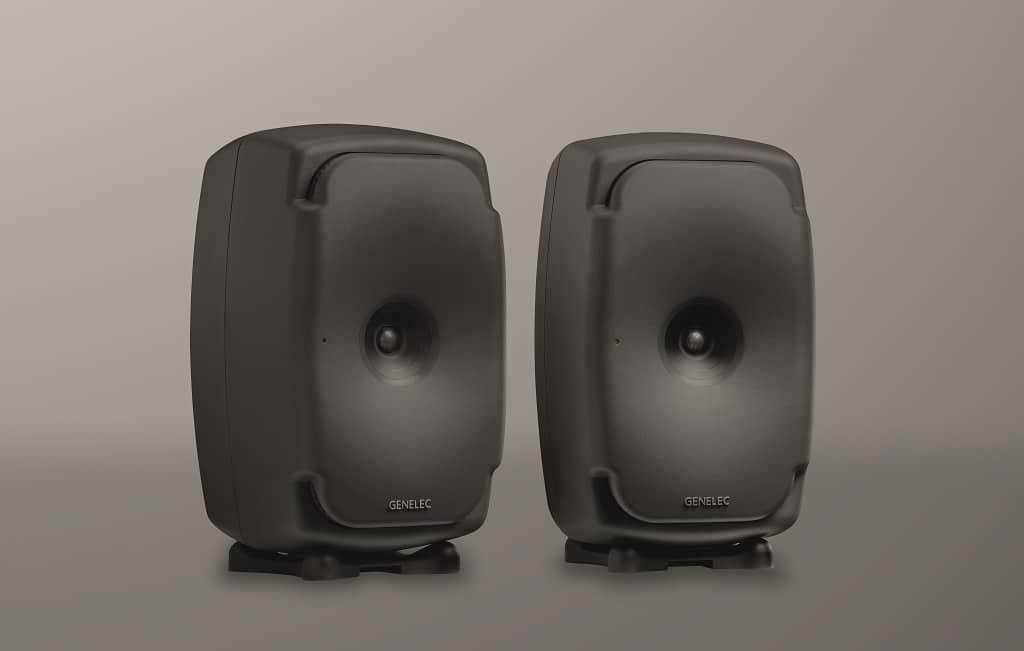
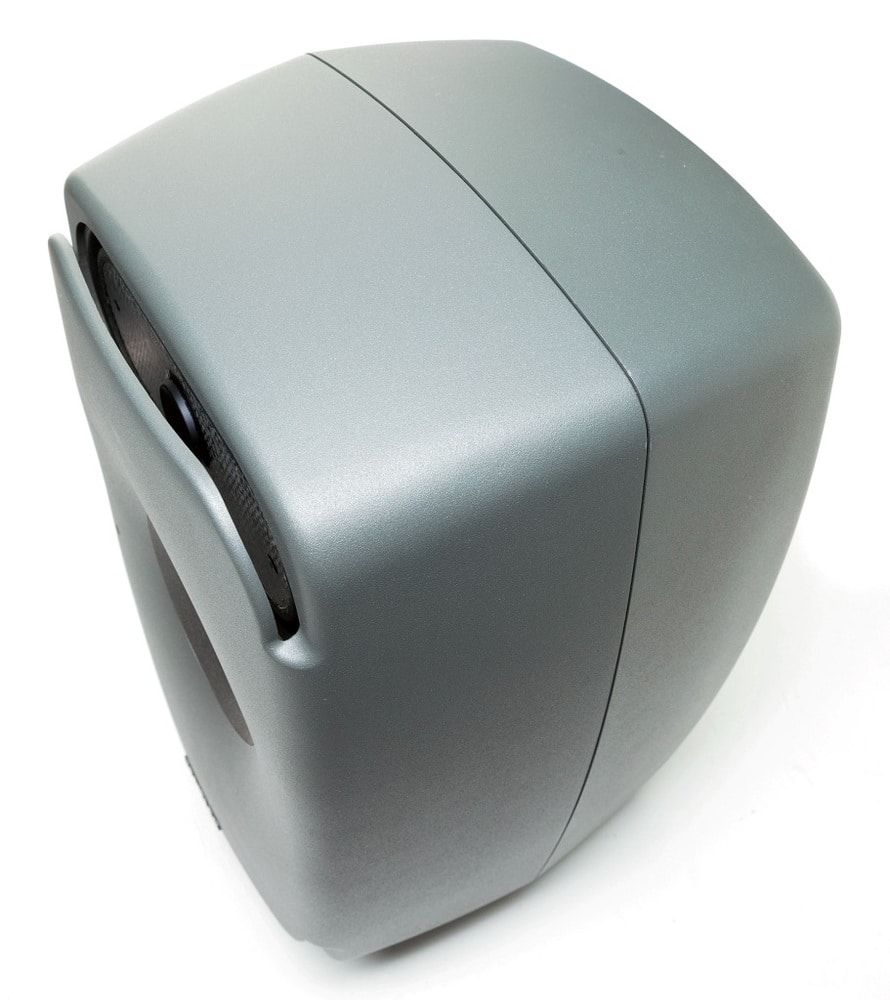
8361A on the W371
Hi, looks like this data is for the 8351A. I believe the 8351B has all revised drivers, different mid to low cross over freq and higher power amplification. I would guess the 8351B can do higher SPL compared to the 8351A@Sancus @richard12511
Reasonably sure I did this correctly.
View attachment 166235

Genelec 8361A – 3-Wege-Studiomonitor mit voll-koaxialer Treiberanordnung im Test
So gar nicht bescheiden beschreibt man bei Genelec das neue Modell 8361A mit folgenden Worten: »The 8361A offers the most advanced acoustic performance of any studio monitor on the planet.« Ob das nicht doch etwas hoch gegriffen ist, sei einmal dahingestellt. Die 8361A ist auf jeden Fall der...www.soundandrecording.de

Studiomonitor Genelec 8351A im Test
Der finnische Hersteller Genelec gehört seit Jahrzehnten zu den renommiertesten und auch größten Herstellern von Studiomonitoren aller Größenklassen. 1978 gegründet von Ilpo Martikainen und Topi Partanen, befindet man sich auch heute noch mit der kompletten Entwicklung und Produktion am...www.soundandrecording.de
Main differences for max SPL are in the woofer range, as expected.
Depends on what mode you choose. In complimentary mode, it actually becomes a 5-way system. In any of the directive modes, it becomes a 4-way system.Isn't it going to be a 2-way system, and lost benefits of coaxial design, like smooth vertical directivity?
Doesn't really matter. Coaxial alignment matters for tweeter crossovers in the 2 Khz range where the wavelength is six inches, so drivers being a few inches apart causes phase alignment destructive interference off axis. Being 45 degrees above or below axis can put the drivers 180 degrees out of phase at the crossover frequency. This is where coaxial shines because no matter how far off axis you go and whether it be up and down or side to size, the centers of the tweeter and the mid will always be the same distance away.Isn't it going to be a 2-way system, and lost benefits of coaxial design, like smooth vertical directivity?
Good point. How much more is not clear though.Hi, looks like this data is for the 8351A. I believe the 8351B has all revised drivers, different mid to low cross over freq and higher power amplification. I would guess the 8351B can do higher SPL compared to the 8351A
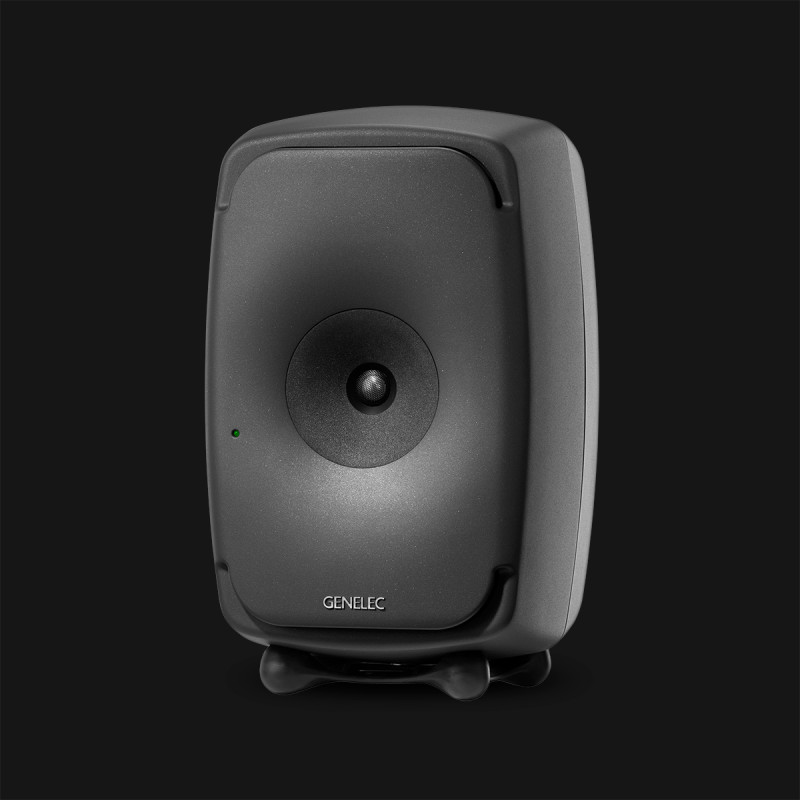
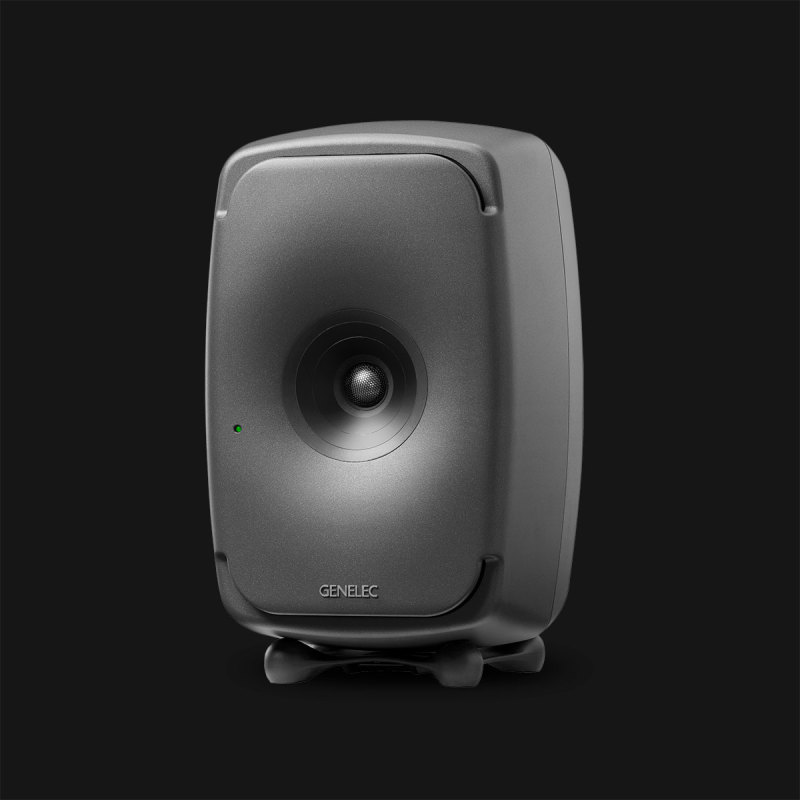
Unfortunately the 8351B is too changed for the 8351A data to be of much use in critical areas, especially below 100hz where they've likely made significant improvements, and of course the crossover is now 320hz so the 8351B should match the 8361A from there.Main differences for max SPL are in the woofer range, as expected.
Doesn't really matter. Coaxial alignment matters for tweeter crossovers in the 2 Khz range where the wavelength is six inches, so drivers being a few inches apart causes phase alignment destructive interference off axis. Being 45 degrees above or below axis can put the drivers 180 degrees out of phase at the crossover frequency. This is where coaxial shines because no matter how far off axis you go and whether it be up and down or side to size, the centers of the tweeter and the mid will always be the same distance away.
Below 100 Hz, the wavelengths are longer than 10 feet, so the drivers being a few feet apart is still less than a quarter wavelength.
Also, from a 'point source' perspective, you will never be able to localize a tone less than 100 Hz for the same reason - the wavelength is too long. Therefore you won't notice the lower center of the sound field in the bass.
Run full range, the JBL gets louder(114dB vs 113dB),
Comparing differently specified manufacturer values makes no sense. Peak, short term, blah.. useless for full range comparison anyway.
Play tracks like Beyoncé - Partition and Roddy Ricch - Peta and report back actual measured long term C/Z-weighted slow values. You probably won't even see 100dB(C/Z) at 3 meters before the speakers implode.
This is a review and detailed measurements of the Genelc 8361A studio monitor (powered active speaker). It is on kind loan from a member and costs US $4,995.
The 8361A looks identical to the rest of the series except massively scaled up:
View attachment 164823
It doesn't look it but it is extremely heavy. It has a handle in the back but I could barely carry it a few steps using that before having to ask my wife for help. This is a 3-way speaker with coaxial mid and tweeter helped by dual woofers hidden behind the front massive waveguide/baffle.
Measurements that you are about to see were performed using the Klippel Near-field Scanner (NFS). This is a robotic measurement system that analyzes the speaker all around and is able (using advanced mathematics and dual scan) to subtract room reflections (so where I measure it doesn't matter). It also measures the speaker at close distance ("near-field") which sharply reduces the impact of room noise. Both of these factors enable testing in ordinary rooms yet results that can be more accurate than an anechoic chamber. In a nutshell, the measurements show the actual sound coming out of the speaker independent of the room.
Measurements are compliant with latest speaker research into what can predict the speaker preference and is standardized in CEA/CTA-2034 ANSI specifications. Likewise listening tests are performed per research that shows mono listening is much more revealing of differences between speakers than stereo or multichannel.
Reference axis was the center of coaxial driver (aligned by eye). Unit was factory reset and all dip switches were in off setting. It is getting colder with the measurement room temp at 16 degrees C.
Genele 8361A Measurements
Acoustic measurements can be grouped in a way that can be perceptually analyzed to determine how good a speaker is and how it can be used in a room. This so called spinorama shows us just about everything we need to know about the speaker with respect to tonality and some flaws:
View attachment 164824
What beautiful results! It almost doesn't get any better than this. The only minor nit is slightly lower bass output. I have seen this in another Genelec speaker. Company's measurements don't have this. So either it is slight measurement error due to lower temp, or level is set slightly too low by Genelec due to their measurements not showing the same.
Due to excellent directivity index, early window reflections are all similar to on-axis but slightly rolled off as they should be:
View attachment 164825
Put the two together and we get predicted far-field response of:
View attachment 164826
Perfection!
Notice how port/cabinet resonance is kept at extremely low level:
View attachment 164854
Drilling into beam width shows the same precision and attention to bot on and off axis response:
View attachment 164827
View attachment 164828
Notice how not only are the red portions of the graph smooth, but that the transition to white happens with very little chaos indicating lack of diffraction errors due to cabinet, driver edges, etc.
Same praise almost goes for vertical axis naturally:
View attachment 164829
Modelling the full 3-D sound field at three critical frequencies shows the near perfection of this speaker/driver:
View attachment 164830
Forward projection is so controlled and well formed.
As I was running the sweeps for distortion tests, i could detect the deep bass and super smooth response from low to high indicating absence of distortion:
View attachment 164831
Speaker simply doesn't feel the pressure of being asked to pump out this volume so I cranked it up another 10 dB:
View attachment 164832
Now the clipping indicator was blinking and as I have seen with other Genelecs, it aims to protect the tweeter by limiting its output. Listening through my hearing protection, I thought the sound was still fine.
Waterfall shows some resonances:
View attachment 164833
Impulse response is impressive in approximating the ideal:
View attachment 164834
Assuming Klippel has measured the latency correct, we are looking at almost 5 milliseconds.
Genelec 8361A Listening Tests
While many pros buy the Genelecs for near field listening, our membership here is mostly interested in far field so that is how I tested it (pictured above). The first impression is that of clarity with slightly light tonality. I did want to see if it could benefit from some bass boost per measurements though so dialed that in:
View attachment 164835
The increased bass performance was phenomenal. So much so that in some tracks my room mode at 105 Hz became a bit much so I dialed it down as you see. Once there, I was greeted with a level of clean and deep bass which I had never experienced with any other speaker I have tested. It was like having the most perfectly integrated subwoofer next to a very powerful and capable speaker. Dynamics knew no limit. Turn it up and it simply gets louder and louder with deep notes rocking the entire room!
With the bass boost the sound was so wonderful and fun that I did not want to stop to eat dinner and then type this review! No speaker I have tested come close to this level of performance. Yet I keep looking at a speaker that is less than half the height of my own speakers! You keep wondering where the incredible bass tones are coming from.
And it is not just the bass. Midrange and treble clarity was superb.
Conclusions
Do I honestly need to write this? That this is one of the most perfectly executed speakers both objectively and subjectively. No longer does a powered speaker have a limit in either deep bass or loudness. I was testing just a single one. I can just imagine a pair being able to bring the house down with perfect clarity and dynamics. $5,000 sounds like a lot of money but you are getting multiple levels of amplification and DACs for free plus in-built DSP, room EQ, etc., etc. Buy a pair for $10K and you are done with your journey as an audiophile.
It is my absolute pleasure to strongly recommend the Genelec 8361A. I killed my back (and that of my wife's) carrying it around to measure and listen to but it was all worth it. If you can afford it, run, don't walk to get them for your system!
Edit: video review also posted:
----------
As always, questions, comments, recommendations, etc. are welcome.
Any donations are much appreciated using: https://www.audiosciencereview.com/forum/index.php?threads/how-to-support-audio-science-review.8150/
At 70 lbs. per speaker, the 11dB jump suddenly makes sense too, since percentage wise, the weight jump from 31 lbs to 70 lbs is 125%Also, the 11dB output jump over the 8351 is super nice. I had no idea it was that huge. The 8351 only has a 3dB edge over the 8341. Percentage wise, the price jump from 8351 to 8361 is actually smaller.
